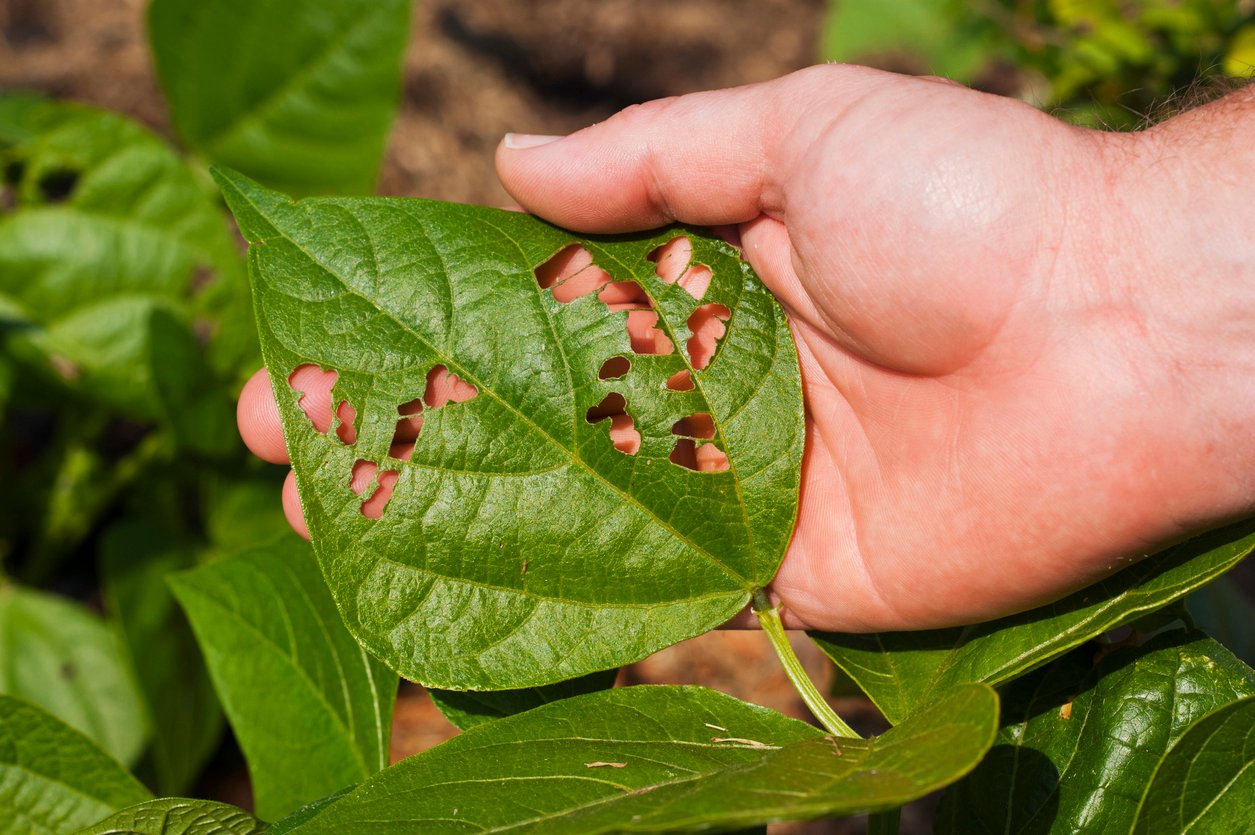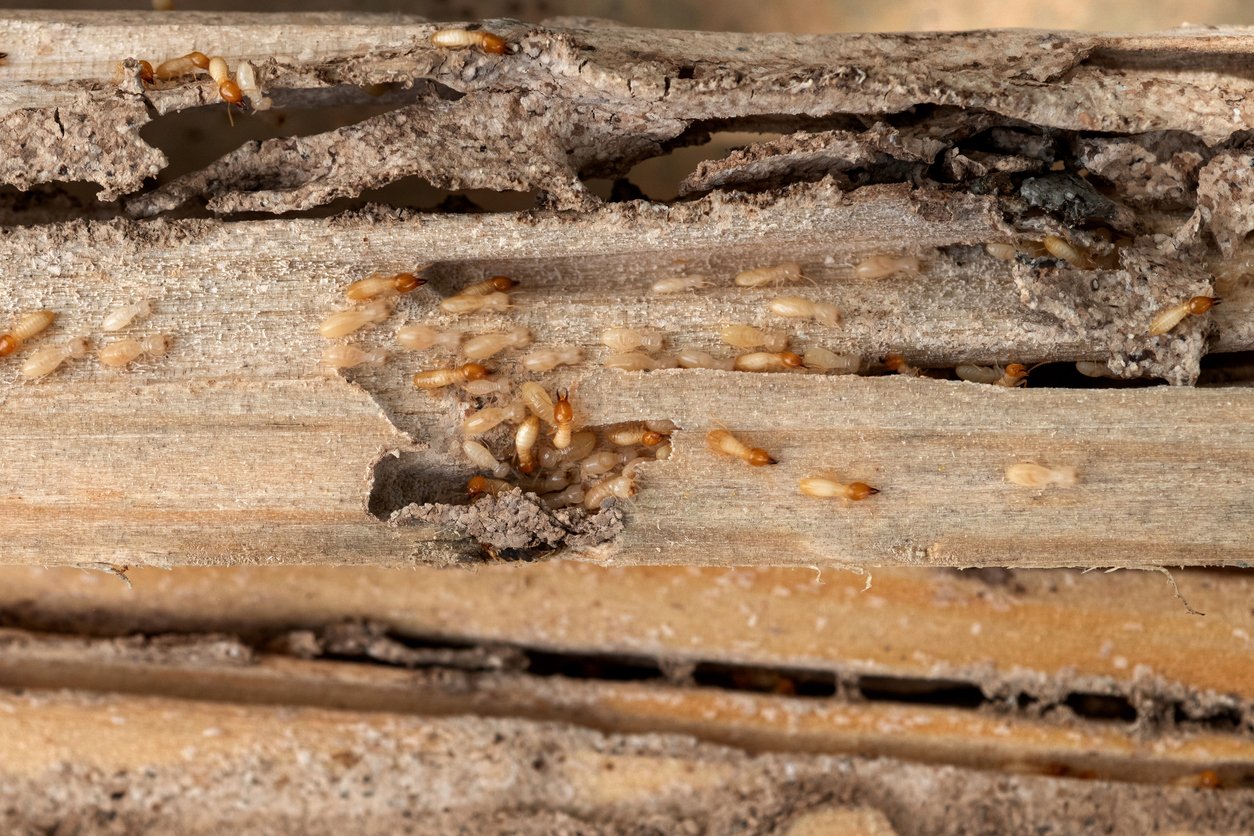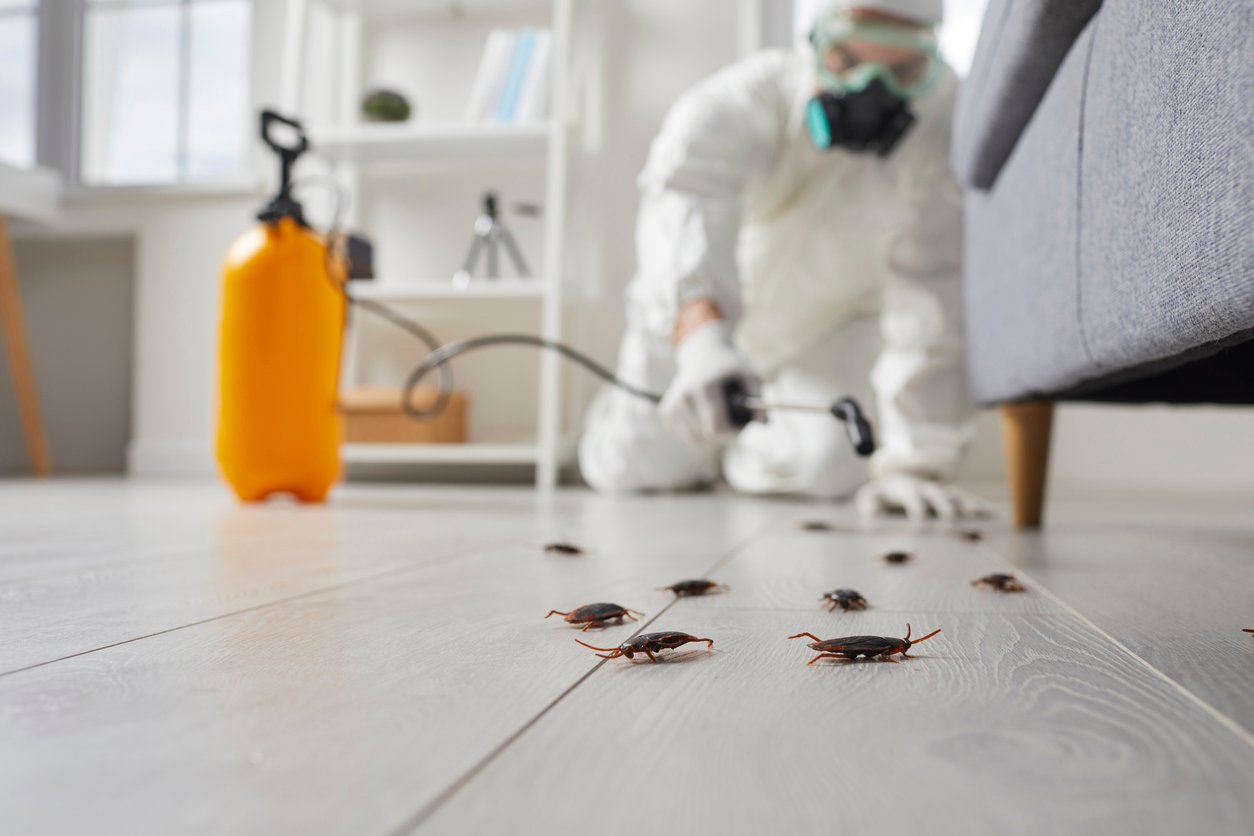What Does A Banana Spider Bite Look Like?

Banana spiders, a nickname given to several kinds of spiders, can have a dangerous bite depending on the species. The name “banana spider” refers to both spiders that look like bananas and those that hitch rides in shipments of bananas.
There are four species most likely to fall under this nickname. Here’s how to identify them and their bites, as well as how to determine which ones are dangerous to humans.

What are banana spiders?
Banana spiders are spiders that have been found with shipments of bananas or those that are golden and banana-like in color. The term can be used to describe Trichonephila clavipes spiders, also known as golden silk orb weavers. In some cases, “banana spider” may also refer to:
- Hawaiian garden spiders (Argiope appensa)
- Bromeliad spiders (Cupiennius spp.)
- Brazilian wandering spiders (Phoneutria spp.)
Types of banana spiders
Golden Silk Orb Weavers
What do they look like?
Golden silk orb weavers (Trichonephila clavipes) usually grow between one to three inches long when female and up to a half inch when male. The female spiders have long bodies that look a little like an “X.” They often have bright yellow bodies. They can also be orange or tan. They normally have banded legs, which may appear orange or brown. Males are less colorful and typically appear brown.
Are they dangerous?
They are venomous, but the sting is similar to that of a bee. The bite may cause some redness around the site of the injury. Normally, they only bite when handled.
Bromelliad Spiders
What do they look like?
As a kind of wandering spider (family Ctenidae)—a group of nocturnal hunters that are both defensive and venomous—it’s normal for Bromeliad spiders to be confused with Brazilian wandering spiders, another spider on this list.
Bromeliad spiders (Cupiennius spp.) have bright red fangs, which can make them frightening to look at, but they usually have tiny bodies of no more than an inch. Their legs are long and thin, and they can vary in color from gray to orange.
Are they dangerous?
Bromeliad spiders look fearsome but don’t have a bite that is considered medically significant to people. That being said, their bites can lead to numbness or severe pain in some cases. For most people, the pain or numbness goes away within 30 minutes or so.
Hawaiian Garden Spiders
What do they look like?
Hawaiian garden spiders (Argiope appensa) are similar to the golden silk orb weaver. The females can grow up to 2.5 inches, but males are normally around half an inch in length. Females are brightly colored, normally featuring red, black, yellow, or white colors around their bodies.
Are they dangerous?
Hawaiian garden spiders have venom but rarely bite. If bitten by this spider, you might notice mild pain or redness. The exception is for those with allergies. In that case, they may have an allergic reaction to the venom and should seek medical attention.
Brazilian Wandering Spiders
What do they look like?
Brazilian wandering spiders (Phoneutria spp.) often have red jaws, just like the bromeliad spider. However, they are mostly brown and have a wide leg span of around four to five inches.
Are they dangerous?
Brazilian wandering spiders are hazardous to humans. They are largely considered to be one of the most venomous species on the planet. The bite’s severity depends on the exact species of wandering spider, but some can be extremely painful. See a doctor immediately if you suspect you’ve been bitten by one of these spiders.

What happens if you get bitten by a banana spider?
No matter what species of spider bites you, there’s a chance that it could be uncomfortable. And if you’re allergic to the venom, you may require medical attention and should seek help right away.
In most cases, banana spider bites aren’t any more painful than a bee sting. The bite may appear red but won’t cause further symptoms.
A bite from a Brazilian wandering spider can cause intense pain, localized swelling, and redness at the site. The venom may lead to systemic symptoms such as sweating, nausea, vomiting, and increased heart rate. In severe cases, it can result in respiratory distress, muscle paralysis, and potentially life-threatening complications. Immediate medical attention is essential, as antivenom may be required.

Can you survive a banana spider bite?
Yes! Depending on which species bit you, you’re unlikely to have any serious health problems as a result of a bite. However, in the case of a bite from a Brazilian wandering spider, you should err on the side of caution and seek medical attention immediately. The venom from certain Brazilian wandering spider species is potentially life-threatening.
A spider bite could also be dangerous to you if you have an allergy to the compounds in the venom. If you have trouble breathing or feel unwell after a bite, it’s worth calling your doctor or going to the emergency room for treatment out of an abundance of caution.
Get control of spiders with moxie pest control
If you’re dealing with an outbreak of spiders in your home or believe that you’ve brought dangerous spiders into your home with your last grocery trip, now is a good time to call in our experts. We’ll talk to you about the situation you’re dealing with and help you find the right pest control solution to get your home back to normal.



